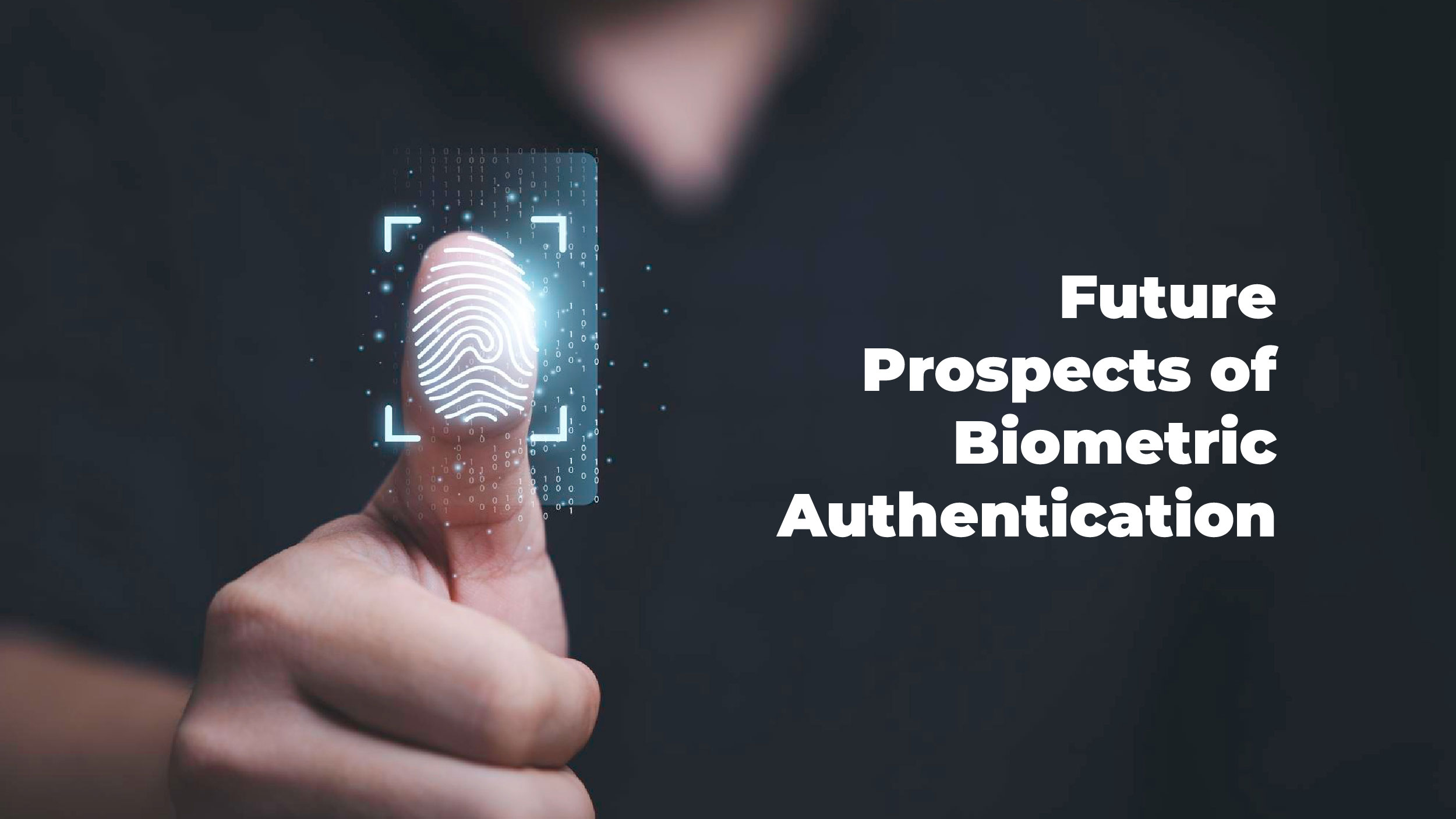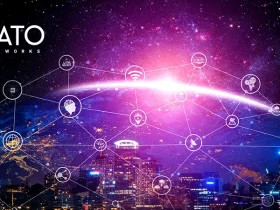Passwords have long been the standard authentication method, but they have proven to be increasingly vulnerable to cyber threats. According to the Verizon 2021 Data Breach Investigations Report, stolen or weak passwords were used in 61% of data breaches. This emphasizes the critical need for a more secure and dependable authentication method.
Biometric authentication has emerged as a cutting-edge solution that combines increased security with increased efficiency, making it a must-have tool for B2B businesses. This article examines the advantages, applications, and future prospects of biometric authentication in B2B settings, backed up by relevant facts and figures.
How is Biometric Authentication a Strong Defence Against Data Breach Threats?
Because it is based on an individual’s unique physiological or behavioral characteristics, such as fingerprints, iris patterns, or voice patterns, biometric authentication provides a strong defense against data breach threats. Since these biometric features are difficult to replicate, cybercriminals are unlikely to gain unauthorized access by spoofing or impersonating someone’s biometric data.
Biometric data, unlike passwords or tokens, is linked directly to the individual and remains immutable. Biometric authentication is a strong and secure defense mechanism against data breaches due to its uniqueness and immutability.
This significantly reduces the risk of cybercriminals impersonating or spoofing biometric information and gaining unauthorized access. Furthermore, biometric data is stable and cannot be easily changed or manipulated, resulting in a long-term and dependable defense against data breaches. Biometric authentication adds an extra layer of security, improving the security of sensitive data and mitigating the risks associated with password-related vulnerabilities.
Where is Biometric Authentication Typically Utilized?
 Biometric authentication is used in a wide range of industries and sectors. Biometric authentication is being used in the key domains that follow:
Biometric authentication is used in a wide range of industries and sectors. Biometric authentication is being used in the key domains that follow:
Government and Law Enforcement
In government and law enforcement agencies, biometric authentication is critical for identity verification and criminal identification. Biometrics, such as fingerprints and facial recognition, are used in passport control, border security, voter registration, and law enforcement operations, helping to prevent crime and improve national security.
Financial Services
Biometric authentication is widely used in the financial services industry to ensure secure and convenient transactions. Biometric authentication is used to reduce the risk of fraud and increase customer trust for account access, mobile banking, ATM withdrawals, and payment authorizations.
Healthcare
Biometric authentication is becoming more common in the healthcare industry in order to verify patient identity, prevent medical fraud, and secure electronic health records. Biometric systems are used to authenticate healthcare professionals, control access to restricted areas, and protect patient privacy in hospitals, clinics, and pharmacies.
Enterprise Security
Many organizations across industries use biometric authentication for access control, employee identification, and data security. Biometric authentication improves security by replacing or supplementing traditional methods of authentication, such as passwords or access cards, lowering the risk of unauthorized access and data breaches.
Travel and Transportation
Biometric authentication is reshaping the travel and transportation industries, enhancing passenger experience and security. Airports around the world are implementing biometric systems to facilitate seamless passenger processing and border control. By 2021, the International Air Transport Association (IATA) hoped to have 1 billion passengers using biometric travel technology. Biometrics provides quick and secure identity verification, reducing wait times and improving overall travel efficiency.
Data Protection and Network Security
Securing data and networks is critical in the age of remote work and cloud computing. Biometric authentication can be built into devices and applications to ensure that only authorized users have access to sensitive business data. This protects businesses from financial and reputational harm caused by data breaches and unauthorized access to sensitive information.
Transaction Authorization and Fraud Detection
Biometric authentication adds an extra layer of security in B2B environments where financial transactions are common. Businesses can reduce the risk of fraud and ensure that only authorized individuals can initiate and approve transactions by incorporating biometrics into payment systems or authorization processes. This helps to avoid financial losses and builds trust among business partners.
Future Prospects of Biometric Authentication
 Biometric technology advancements are expected to improve the accuracy, reliability, and speed of authentication systems. Multimodal biometrics (combining multiple biometric modalities) and liveness detection (verifying the authenticity of biometric samples) are examples of innovations that will improve security and user experience. Furthermore, combining biometrics with emerging technologies such as artificial intelligence (AI) and machine learning (ML) will improve the capabilities of biometric authentication systems.
Biometric technology advancements are expected to improve the accuracy, reliability, and speed of authentication systems. Multimodal biometrics (combining multiple biometric modalities) and liveness detection (verifying the authenticity of biometric samples) are examples of innovations that will improve security and user experience. Furthermore, combining biometrics with emerging technologies such as artificial intelligence (AI) and machine learning (ML) will improve the capabilities of biometric authentication systems.
Biometric authentication will almost certainly expand into new areas and applications. Biometrics, for example, could be used in the healthcare industry for patient monitoring, medication dispensing, and telemedicine. Biometrics can also help to secure Internet of Things (IoT) devices by ensuring that only authorized users can access and control connected devices. Biometric authentication has numerous potential applications that are expanding as technology advances.
Other emerging technologies, such as blockchain and augmented reality, are expected to integrate with biometric authentication (AR). By providing a decentralized and tamper-proof storage system, blockchain can improve the security and privacy of biometric data. AR technology can improve customer experiences and streamline authentication processes by enabling real-time biometric authentication in a variety of scenarios, such as retail or hospitality.
Biometric authentication is expected to become more common in industries and in everyday life. Biometric sensors have already been integrated into mobile devices such as smartphones and tablets for user authentication. Biometric authentication is likely to spread to new devices and applications, such as laptops, wearables, and even automobiles. Biometric authentication is an excellent choice for widespread adoption due to its convenience, security, and ease of use.
Inferring On This
Biometric authentication has emerged as a powerful solution to the security and efficiency challenges that B2B businesses face. Biometric authentication is revolutionizing the way businesses protect their data and systems due to its ability to provide enhanced security, improved user experience, and cost-effectiveness. By embracing this technology, businesses can stay one step ahead of cyber threats while reaping numerous benefits in the digital age.
Finally, technological advancements, expansion into new applications, integration with emerging technologies, enhanced security measures, and widespread adoption characterize the future prospects of biometric authentication. Businesses and industries will leverage biometric technology’s potential to provide secure and convenient authentication solutions in the digital age as it evolves.

































